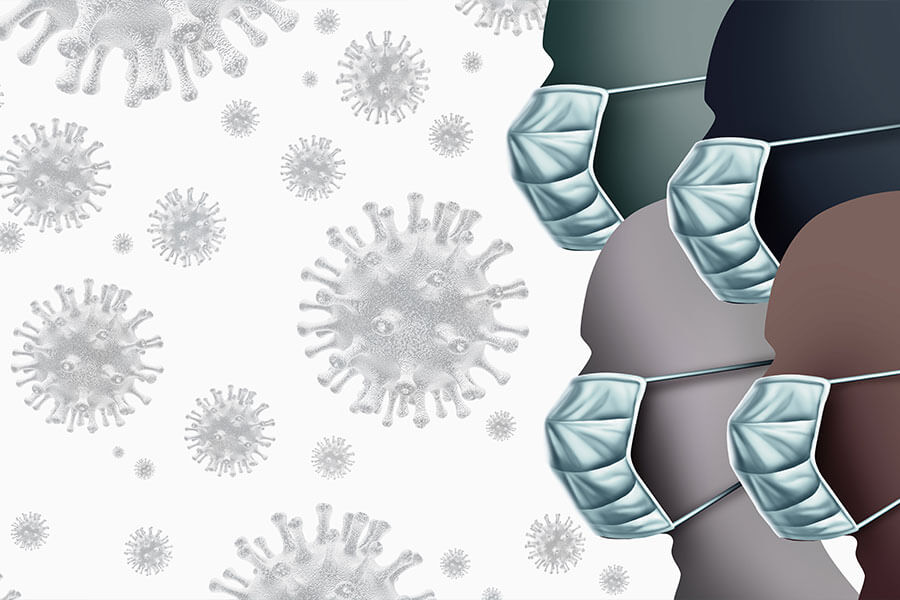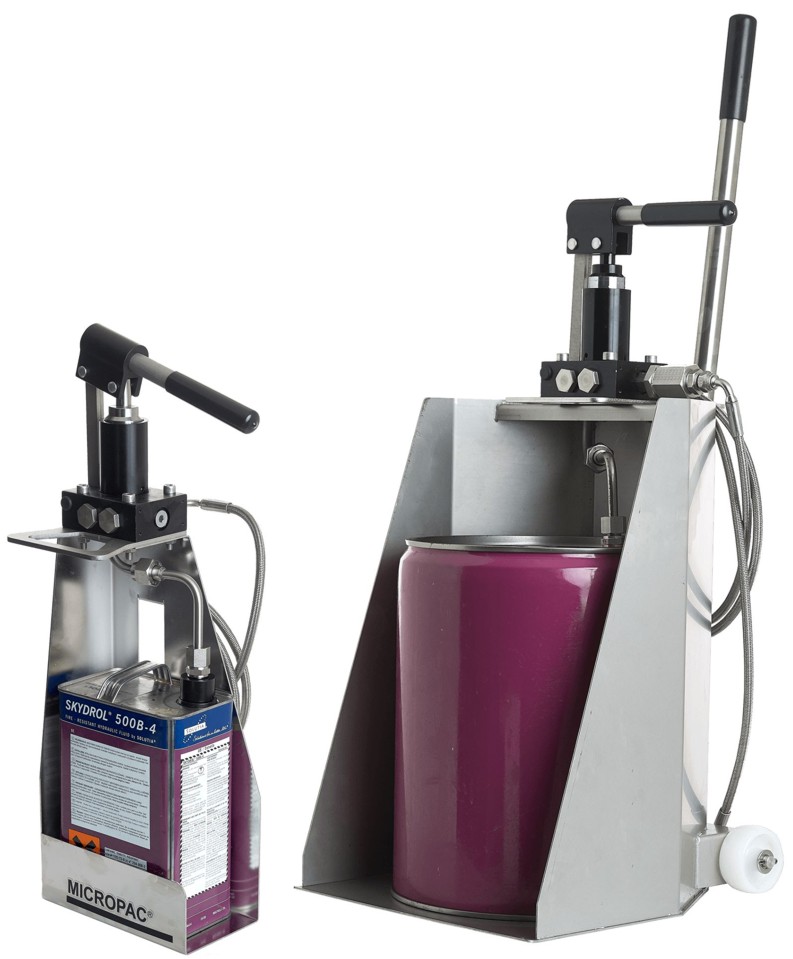Just a simple round up from what we have learnt about seal materials over thirty years. There are no end of sites on the Web on seal materials and compatibility. There are manufacturers like Parker on www.parker.com . There are lots of great distributors. As usual, feel free to comment, even if something is wrong.
Nitrile is a mighty handy material. Wide compatibility and remarkably low temperature operation. Probably first choice on o rings for mineral oil. You will start with medium nitrile and probably 70 shore hardness. Even generic nitrile can be formulated in different compounds.
As well as the compound, keep in mind to quote hardness on any elastomeric material. If the designer has run with a certain shore durometer or hardness, vary at your peril! In nitrile, 70 shore will be very common, 90 shore is available and other durometers like 60 more specialist.
Fluorocarbon (Du Pont “viton”) costs more than nitrile, has wider chemical compatibility and many manufacturers fit it as standard. The one downside is that its lower limit is only – 20 degrees C, not the -46 degrees C of nitrile. With the amount of equipment used in cold parts of the world, maybe it is worth pausing for thought before making it standard.
Ethylene propylene (EPDM) is widely used for hot water and steam. EPDM for phosphate ester oils like skydrol will be peroxide cured epdm, which is not the same thing.
PTFE (as in white virgin ptfe) can be brilliant for static sealing. It is amazingly inert on almost any fluid, but flows to a shape. There is very, very little spring in it, so it is unsuitable for dynamic sealing unless you make it into a lip seal with spring or an elastomeric material energising it. Virgin ptfe will flow, hence be wear prone or likely to lose its profile in a dynamic application. I think the strongest application is static sealing using ptfe o rings. Virgin ptfe anti extrusion or back up rings are a massive use for the material, although these are preventing extrusion, not doing the sealing.
Filled ptfe is a very powerful material. People like Claron fill it with powders such as carbon, bronze or glass to provide enhanced wear resistance. Sealing elements are machined from the material then in dynamic applications are energised with elastomeric elements or springs.
Polyurethane is a useful material. It is incredibly tough. Seal jet seems to do particularly well with it. Keep in mind a subtlety in that one type does not like water.
Silicone is used in certain industries like food, but maybe not so common in mainstream hydraulics. Don’t confuse with Fluorosilicone, which is a special grade used in aerospace, having resistance to fuels and very low temperature properties.
Always be careful of special compounds. For example, if somebody asks for low temperature nitrile, I think you may struggle to find stock sizes and if you have to start getting them moulded you are in for an enormous amount per seal plus a certain lead time. The reality is that moulders have to buy in a quantity of raw material. Similarly if somebody asks for seals approved for potable water, the alarm bells should ring. WRAS approved seals will be specially moulded at a high price if you are buying small numbers. Yes, if you are moulding millions, the price may well be next to nothing. It is a quantities game.
As with any elastomeric product, be aware of shelf life. Don’t be fobbed off with old seals. If you buy in a reasonable quantity with a recent cure, after a year they are getting on. Time moves on! Factor in the need to turn over or throw away your seal stocks. Perished seals are no use. See our earlier bog “how a penny seal can wreck your business”.
For years, people have used our Sarum Hydraulics Micropac hand pumps and pressure test equipment for all manner of fluids requiring all sorts of seals. Talk to us on 0044 (0)1722 328388 or look at www.sarum-hydraulics.co.uk . Know exactly what you want? Buy on-line on www.pumpshoppro.com .





Leave A Comment